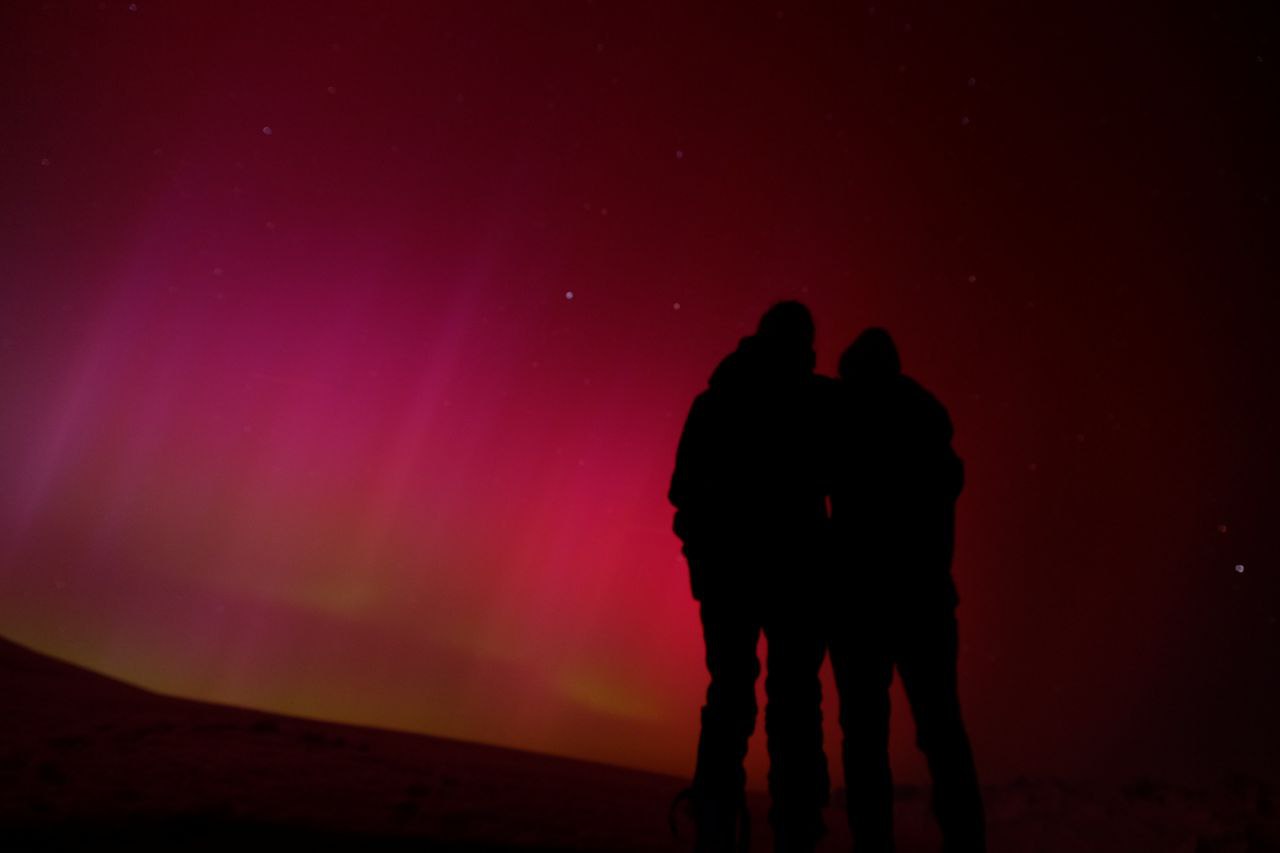Living in the Alps
Avalanche risk management is so integral to the Swiss culture that it was named an Intangible Cultural Heritage (UNESCO). It shapes the identity of the people living here, and both empirical and as well as cultural practices have been guarding the highlanders from avalanche hazards. There is no better place than the Snow- and Avalanche Research Institute (SLF) to learn how avalanche works, how to assess their constant risks during alpine ski-touring, and how to deal with an avalanche once it got triggered.
Initially, I was responsible for planning a field campaign to collect enough data to train a machine learning model to predict snowpack stability with a brand new measurement device they have been developing at the institute. However, the amount of data we need can barely be captured by one person during one season, so instead I helped out on some more foundamental parts of developing said device. While I have not been out in the field a lot for work, my colleagues and friends over here are true experts in alpine skitouring (we named on of my roomies “snow-guru”). Unexpectedly, I learnt a ton from all the people here, may it be choosing a good tour, skiing some off-piste slopes I wouldn’t have thought I would ever ski, and of course assessing the constant avalanche risks surrounding us. And what can I say, once you have floated down a mountain in fresh powder, there is no going back.

